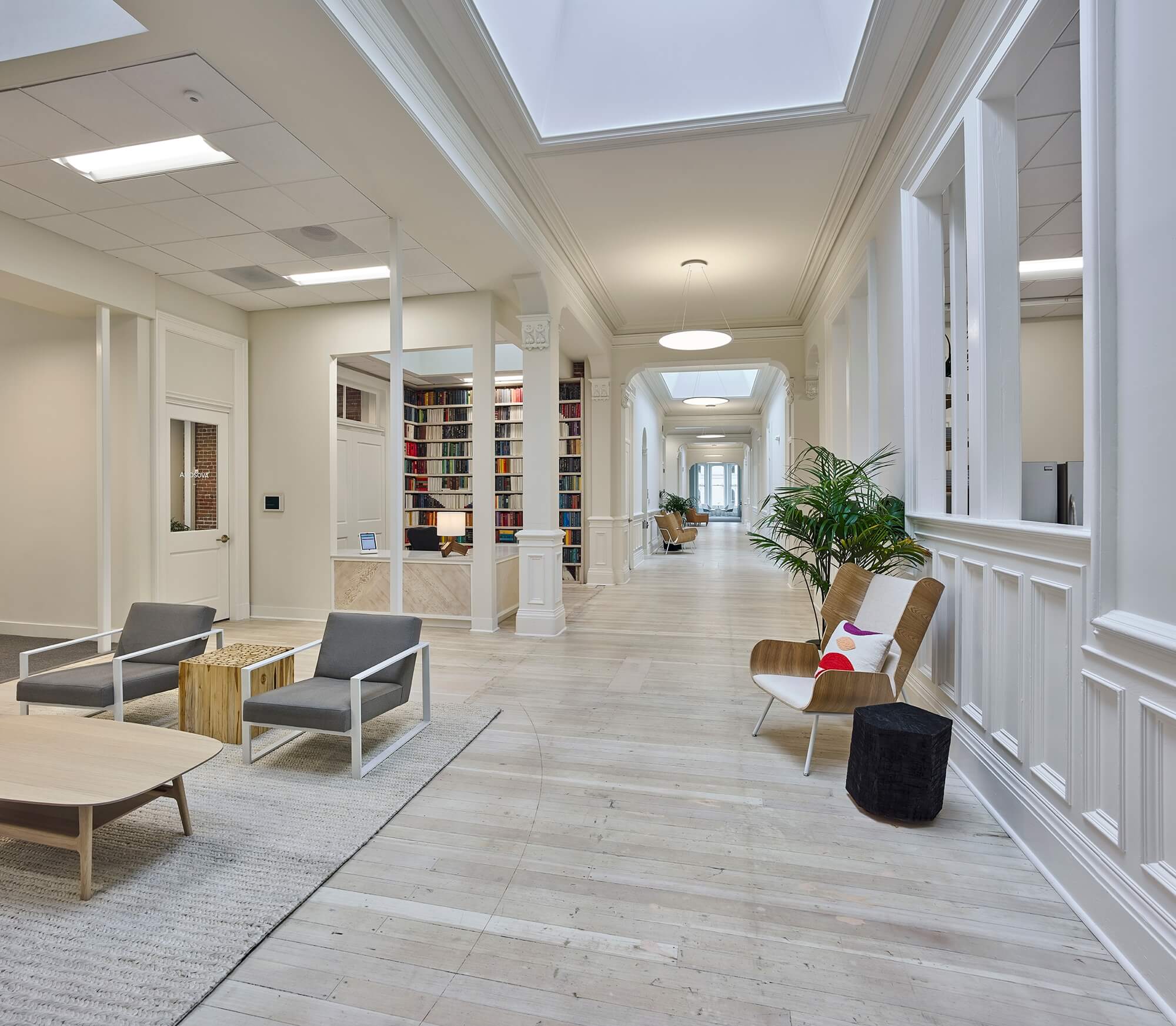With the decline in the economy, there have reports recently stating that home remodeling san mateo ca one’s home is a consumer extravagance. This is not only inaccurate but irresponsible. Remodeling is often necessary for overall upkeep and maintenance of one’s home; putting off home improvements could result in more costly repairs and improvements in the future. An older roof cannot and should not be ignored. It will not offer the needed protection, will not be energy-efficient and detracts from the aesthetics of one’s home. If it is left to deteriorate, it could leak, resulting in further damage to a home’s interior. Leaky windows can let water seep into walls and cause black mold to grow; deteriorating chimneys can not only fall apart and cause damage but could result in leaking into the home.
The studies and reports in the actual remodeling industry are factual and encouraging. The Research Institute for Cooking & Kitchen Intelligence (RICKI), a Charlotte-based organization of industry professionals in the kitchen remodeling industry, conducts a “Remodelers 360” survey that examines consumers’ kitchen design preferences, kitchen remodeling experiences, and how they use their kitchens. The results reveal what common sense would tell us: more Americans are eating at home as a result of the downturn in the economy, thus the desire to remodel a kitchen is still motivating consumers to remodel. The value homeowners get for a kitchen remodel and the aesthetic and practical benefits to the home still make it a highly worthwhile investment.
According to Remodeling Magazine Cost vs. Value Report 2008-2009, remodeling is still an excellent investment that not only improves your quality of life and the cost of which can be recouped if or when you sell your home. The Cost vs. Value Report gives approximate costs of particular remodeling projects and provides potential resale amounts and percentage of return on investment. The costs of remodeling obviously can vary from place to place across the U.S., based on regional fluctuations in material costs and contractors’ labor costs and overhead.



